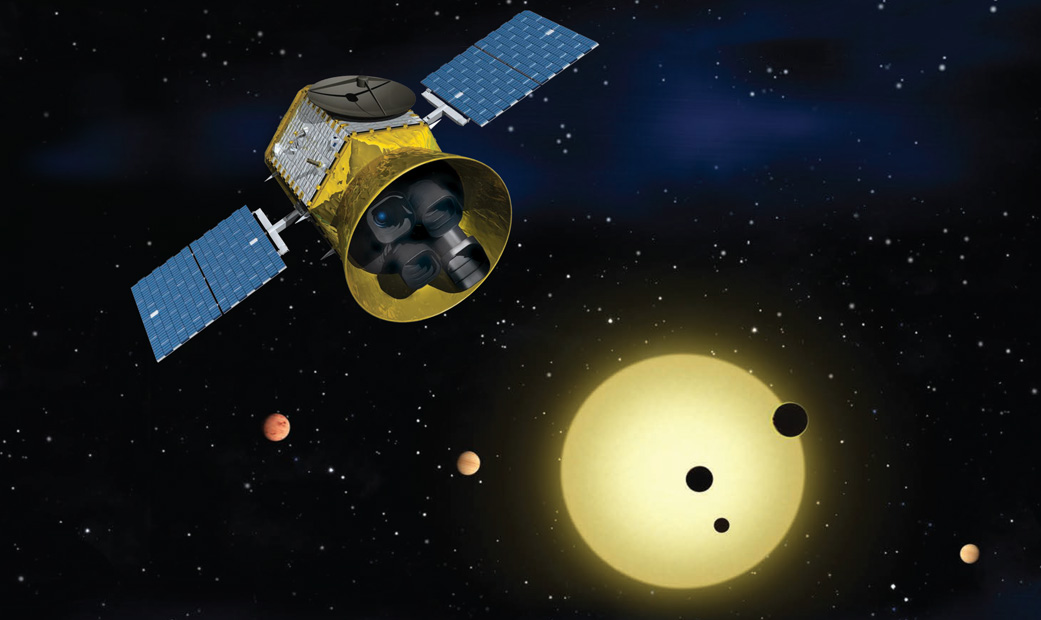Last week, SpaceX launched a Falcon 9 that was carrying a NASA spacecraft into orbit. The Transiting Exoplanet Survey Satellite (TESS) is on a mission to search for exoplanets. The spacecraft will be using a never-before-used lunar resonant orbit, which will allow TESS to observe both nearby stars and transmit data back to Earth with minimal energy expenditure.
According to Ars Technica, science missions often need continuous and unobstructed views of their targets, and it seems like TESS is no different, since it will be monitoring about 200,000 relatively nearby stars for even the smallest changes in their brightness. NASA’s previous planet-hunter, the Kepler mission, observed its targets from an Earth-trailing, heliocentric orbit about 10 million km from our planet. This orbit takes a lot of energy to reach and it has data limitations.
But the lunar resonant orbit will bring TESS within as close as 108,000km of Earth’s surface and as far out as 373,000km away from Earth. During a three hour period at its closest approach, TESS will orient itself to send lots of data back to Earth, but will spend most of its time observing stars. It will take a couple of weeks to reach this orbit, and then it will undergo about two months of checkouts before beginning science operations.
Thanks for reading InsideHook. Sign up for our daily newsletter and be in the know.


















